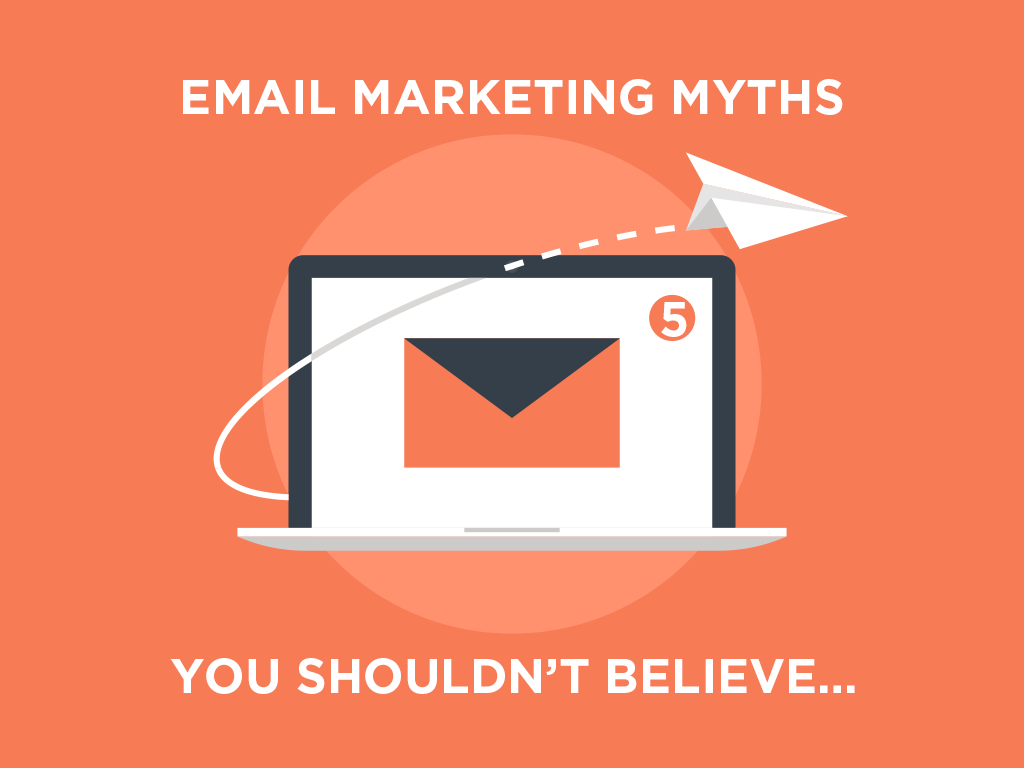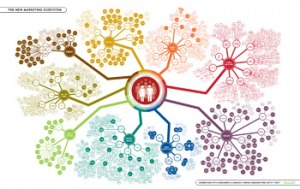Well, just as any other marketing strategy and methodology is important and it works, the concept of email marketing is equally important. Email marketing is sending emails to a group of subscribers promoting your product or services.
In fact, most marketers don’t realize that email marketing is one of the major components of marketing.
But just as everybody has myths about web marketing, there are a number of myths in email marketing too. If you want to make this strategy flawless, you can consider 5 email marketing myths you shouldn’t believe.
- If you think unsubscribing is bad for your business, then it is time you think again
Yes, that’s correct. Unsubscribing has a far wider concept than you think. The audience who subscribes aren’t necessarily focused on knowing about your product or services. They may have done it in the spur of the moment or to get the information about your product for their own use.
That does not mean they are going to buy it from you. And unsubscribing speaks volumes. First, not interested and the inactivity of the user are about not being very much indulged in reading what you present them in your emails. And then unsubscribing saves you from the trouble of including them in the list of recipients who never respond or express interest.
- Email is dead
If you think that emailing has lost its charm, then you are absolutely wrong. There are hundreds and thousands and millions of organizations that are making huge sums of money with email marketing.
In fact, email marketing is a major component of traffic for most websites.
- The length of the subject should be less than 55 characters
If you think you can make a better and the intriguing subject line that exceeds 55 characters, and then feel free to do so, because content is the KING.
It is true that if you make subjects that are shorter, it will of course result in higher rates of opening, but it is never said that it will also result in higher clicks or higher conversions.
- The best time for sending emails to subscribers is either the Monday or the Tuesday
Yes, it is true that everybody gets back to work on these days. But that is not necessarily true that the subscribers are more open to reading emails on these days only. There are millions of people who read their mails on everyday basis, no matter if it is a weekday or if it is a weekend. So you make sure that you send them emails on everyday basis. Weekends are the two days where the people get enough time to take a detailed look to their emails.
- If that you send with a trusted automated responder, there is no reason to worry
Organizations like Aweber, Infusionsoft etc. changed the meaning of how marketing is done. There was a while where you must be uncertain about giving your email address online because you could open the ways to interminable spam. Then, some big email marketing names ventured up and led the pack so you would know whether you hit “Unsubscribe,” you would be allowed to sit unbothered.
These myths are the perfect signs that email marketing isn’t bad and can result in the increase of sales and business in ways you wouldn’t think of.
There are companies all over the world that are experiencing the rise in business with the help of email marketing only. They are consistent in sending emails to their subscribers, draw their attention and ensure that on receiving the subscriber responses will take care of their queries and answering their concerns.
So do not take these myths into account and make your email marketing more effective.
Author – Charlie Robinson
(He is a marketer and interim VP of Marketing of multiple tech companies. He is currently heading marketing at Adling, a digital agency in Cupertino).



 The way that we have done business in the past and the way it is now have undergone a transformation, a digital revolution indeed. A few years ago, Facebook was hardly known; LinkedIn’s presence was not felt. But today digital is all over the place. With marketing undergoing major transformation, and will continue to evolve as we move forward, as a CEO or a CMO, have you utilized the ‘Power of Digital Marketing’ in your business?
The way that we have done business in the past and the way it is now have undergone a transformation, a digital revolution indeed. A few years ago, Facebook was hardly known; LinkedIn’s presence was not felt. But today digital is all over the place. With marketing undergoing major transformation, and will continue to evolve as we move forward, as a CEO or a CMO, have you utilized the ‘Power of Digital Marketing’ in your business?